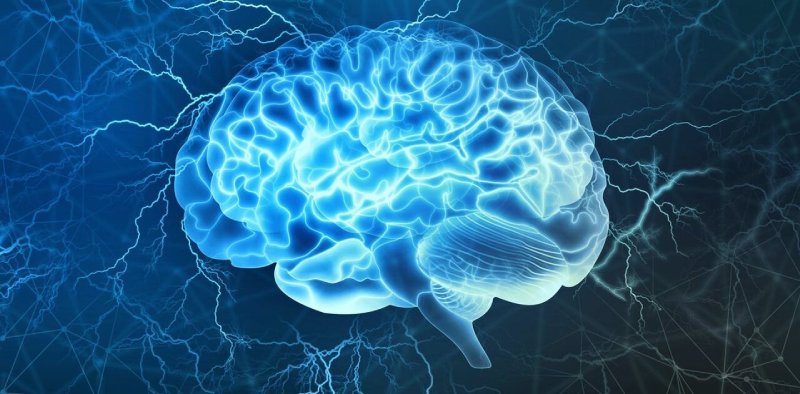Xeroderma pigmentosum (XP) is a genetic disorder that causes skin damage that cannot be repaired by ultraviolet (UV) light. It is a rare and devastating condition. Consequently, patients with XP typically develop skin cancer during childhood. They can protect themselves once they are diagnosed by avoiding sunlight (which is why they are sometimes referred to as “children of the night”), wearing protective clothing and sunglasses, and applying sunscreen.
However, some will also develop neurodegenerative conditions like seizures, intellectual decline, and hearing loss. XP researchers place a high priority on determining which patients are most likely to develop such conditions and why this is the case.
At the annual conference of the European Society of Human Genetics, Dr. Sophie Momen, a consultant dermatologist at Guy’s and St Thomas’ NHS Foundation Trust in London, UK, and a researcher in Professor Serena Nik-Zainal’s lab at the University of Cambridge, will discuss the work of her team on the creation of an early detection algorithm to identify patients who might develop neurodegeneration.
Due in part to the fact that XP is a rare condition that affects one in a million people and that the brain is an inaccessible organ in live patients, little research has been done in this area up to this point.
Pluripotent stem cells, or cells that are capable of being groomed into various cell types, were obtained from blood samples taken from patients who had XP with or without neurodegeneration, as well as family members who did not have XP. After that, the researchers were able to identify the stem cells that would later develop into neurons, or brain cells.
“We carried out various experiments on these neurons using multi-omic technologies to try to understand why some XP patients developed neurodegeneration and some did not. From this we were able to develop our algorithm. This will be useful if we can offer something to patients to try to slow down or halt the onset of neurodegeneration. Our research has revealed possible drug targets, which may do just that in the future,” says Dr. Momen.
They say the researchers were fortunate to have access to a large number of patients from Guy’s and St. Thomas’ national XP clinic, where the same clinical team treats all British-resident patients with the condition. “Having such a clinic means that patients with rare diseases can be followed up long-term in one place, and this facilitates investigations such as ours,” Dr. Momen says. “This is the first time that so many patients with XP have been studied and their neurons have been characterized in such depth.”
Patients in the UK have been well-informed about photoprotection and early skin cancer detection since the clinic opened in 2010, and as a result, they live longer lives. “None of our patients has died from skin cancer,” says Dr. Momen.
“It is often said that patients with XP die in their 20s and 30s, either due to skin cancers or neurodegeneration, but this is not always the case. It is important to recognize that there are some patients with XP who do not develop neurodegeneration and mainly develop skin cancers, against which they can take protective measures at an early stage.”
The results may also be helpful in figuring out why otherwise healthy people age with neurodegeneration. The study of XP patients over the past few years has helped scientists learn why some otherwise healthy people get skin cancer after exposure to UV light. “We can now extrapolate the findings in our study to the understanding of why the faulty DNA repair pathway involved in XP is involved in brain health and this may, in turn, help us understand why some people develop neurodegeneration as they age.”
Before the early detection algorithm can be used as a predictive tool in clinical practice, further validation studies will be required. In addition, clinical trials will be required to determine which, if any, medications can stop or delay neurodegeneration in patients who have been identified as being at risk.
“I did not expect that we would be able to characterize the neurons derived from those patients with and without neurodegeneration so clearly. When we used proteomics, the results allowed us to see clearly whether patients had neurodegeneration or not,” says Dr. Momen. “This is very encouraging and, we hope, a further step along the road to effective treatment of this distressing condition.”
Professor Alexandre Reymond, chair of the conference, said, “Our ability to personalize treatments will translate into a more effective health system. To reach this goal, we need new approaches to recognize those in the population who are more at risk.”

 Diabetology1 week ago
Diabetology1 week ago
 Diabetology1 week ago
Diabetology1 week ago
 Diabetology7 days ago
Diabetology7 days ago
 Diabetology5 days ago
Diabetology5 days ago
 Diabetology1 week ago
Diabetology1 week ago
 Diabetology5 days ago
Diabetology5 days ago
 Diabetology3 days ago
Diabetology3 days ago
 Diabetology3 days ago
Diabetology3 days ago




